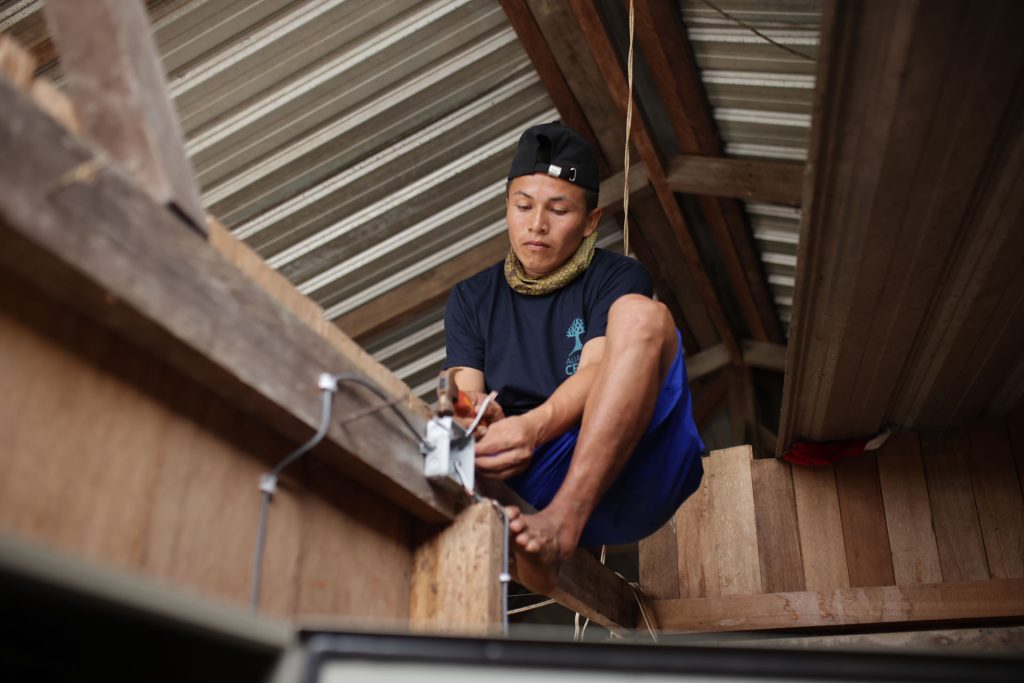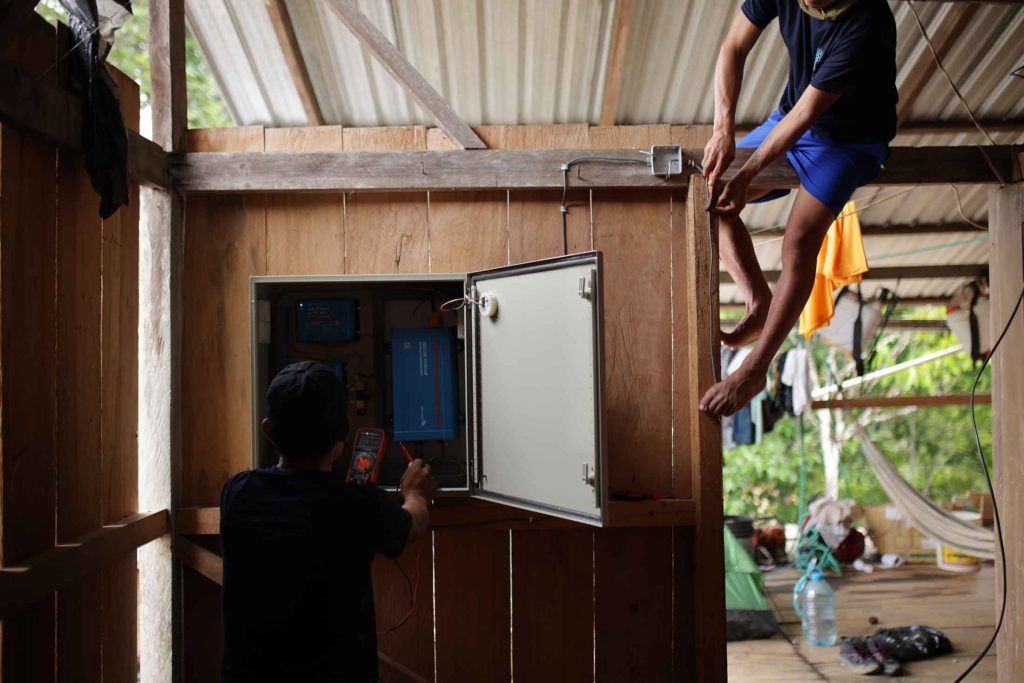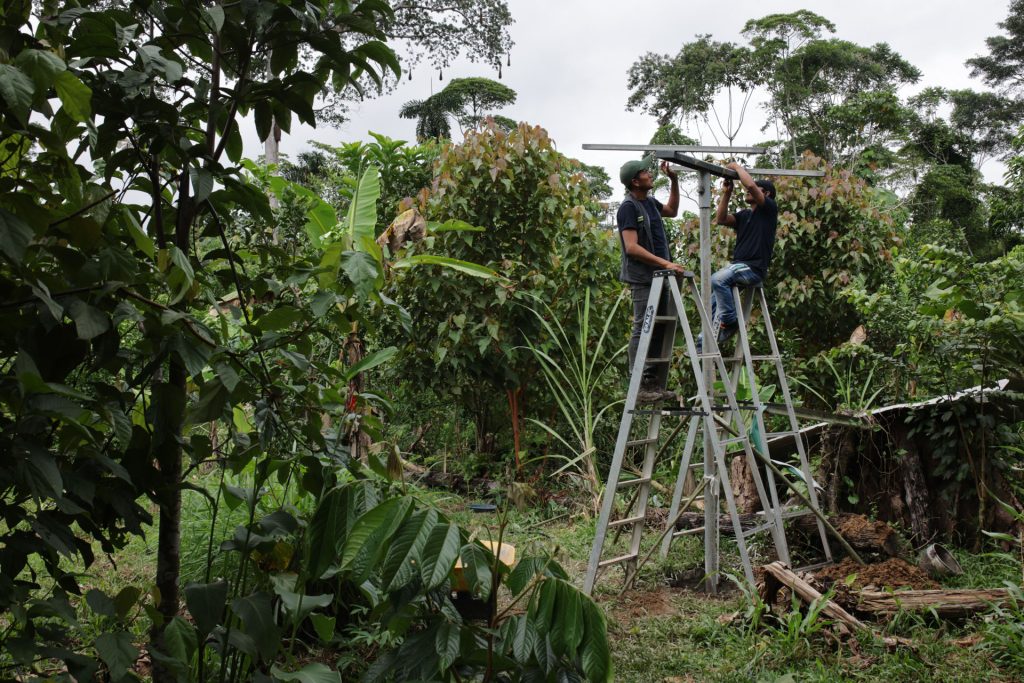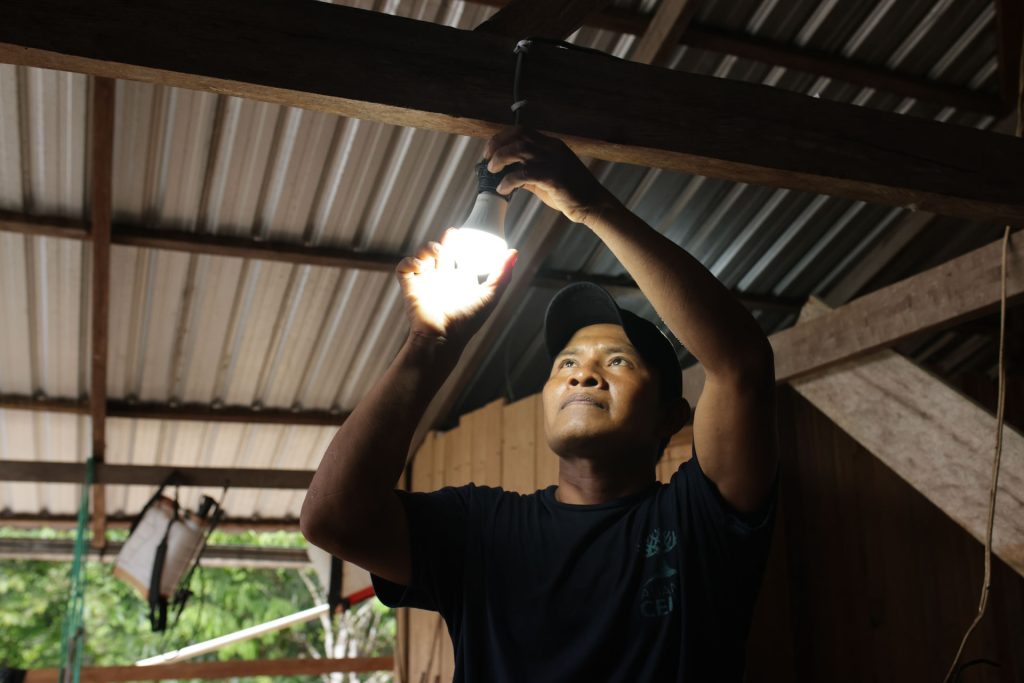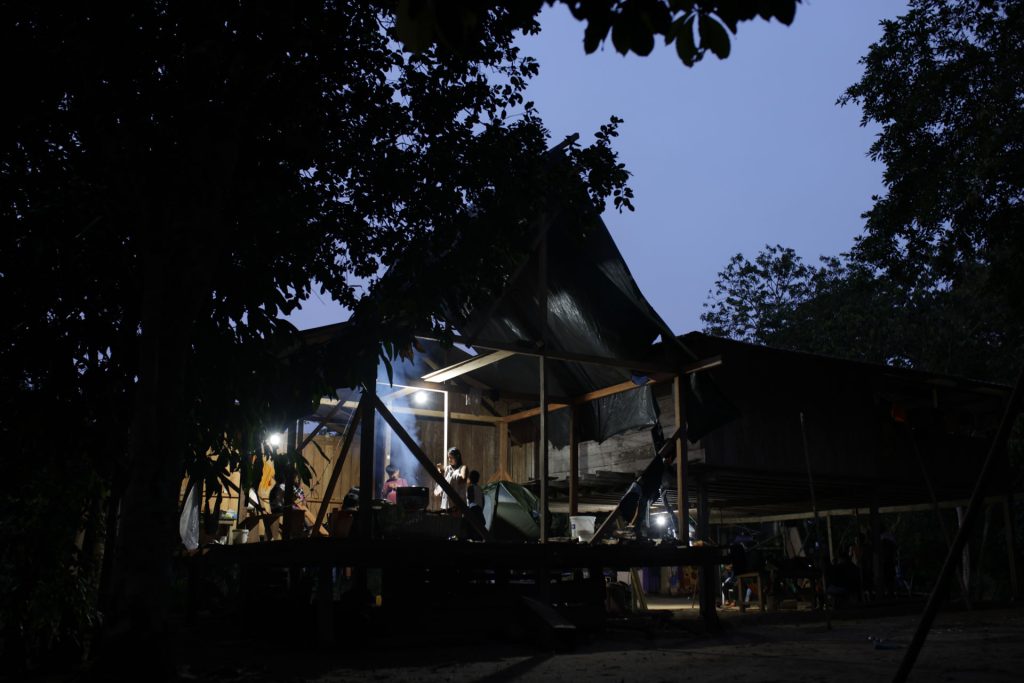Connecting to the Sun
Installing Solar Power Systems in Waorani Communities
By: Hernán Payaguaje | Video: Santiago Oviedo | Photos: David Díaz
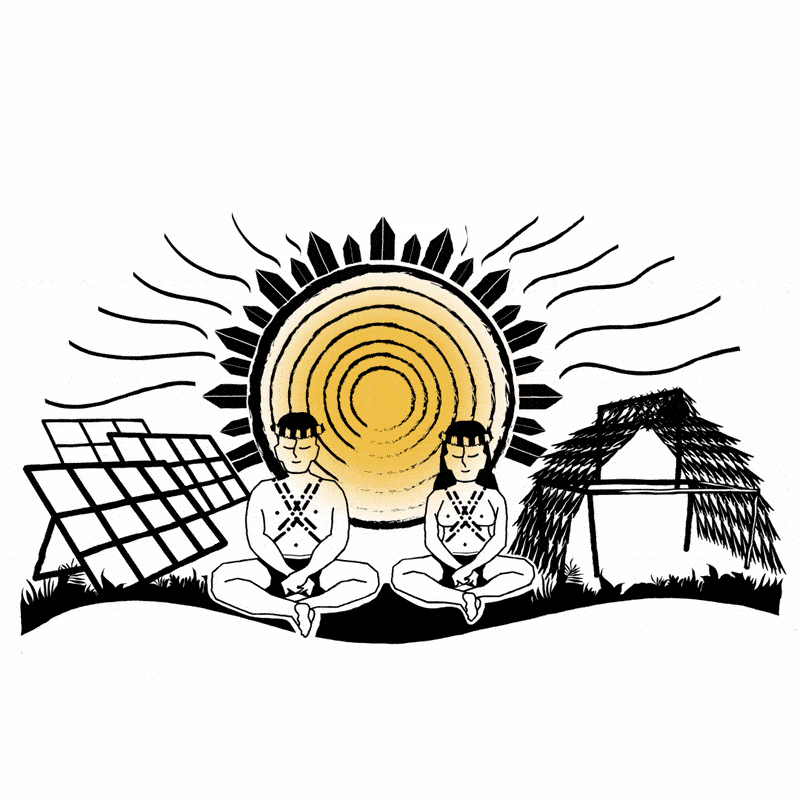
The Waorani are the children of the sun, of the god Nenquihuenga, who taught them how to make chonta spears and avoid fire. Yet fire, despite its risks, was always a vital source of light for their communities. Today, it is no longer enough. Life demands a different type of illumination that is consistent, safe, and that exists in harmony with Indigenous Peoples’ cosmovisions, strengthening their connection with nature.
Last year, Ceibo Alliance installed 41 solar energy systems in Waorani territory to help meet this demand. To get the equipment to the communities, they had to transport everything—panels, batteries, electrical boxes, metal structures, cables, and tools—from the city of Lago Agrio to Pitacocha, a meeting point on the bank of the Curaray River, a tributary of the Napo River in the Ecuadorian Amazon.
Hernan Payaguaje, leader of Ceibo Alliance’s Solar Initiative, has helped install 235 solar power systems in Amazon communities since 2016. Here, he reflects on this most recent trip to Waorani territories, the challenges along the way, and the changes he has seen solar energy create for families and communities.
– Allison Keeley + Erika Castillo
These systems change lives
Hernán Payaguaje
We have the knowledge and skills to acquire the equipment, assemble the electrical boxes, their metallic structures, and install solar power systems in communities. But first, we have to get it all to the destination with a lot of care so that the system doesn’t get damaged.
For this installation, in Waorani Territory, the challenge was arriving on time at the meeting place. Because everyone was waiting for us—the Waorani of Pastaza Organization (OWAP) had organized a space to deliver all of the solar power kits to the beneficiaries.
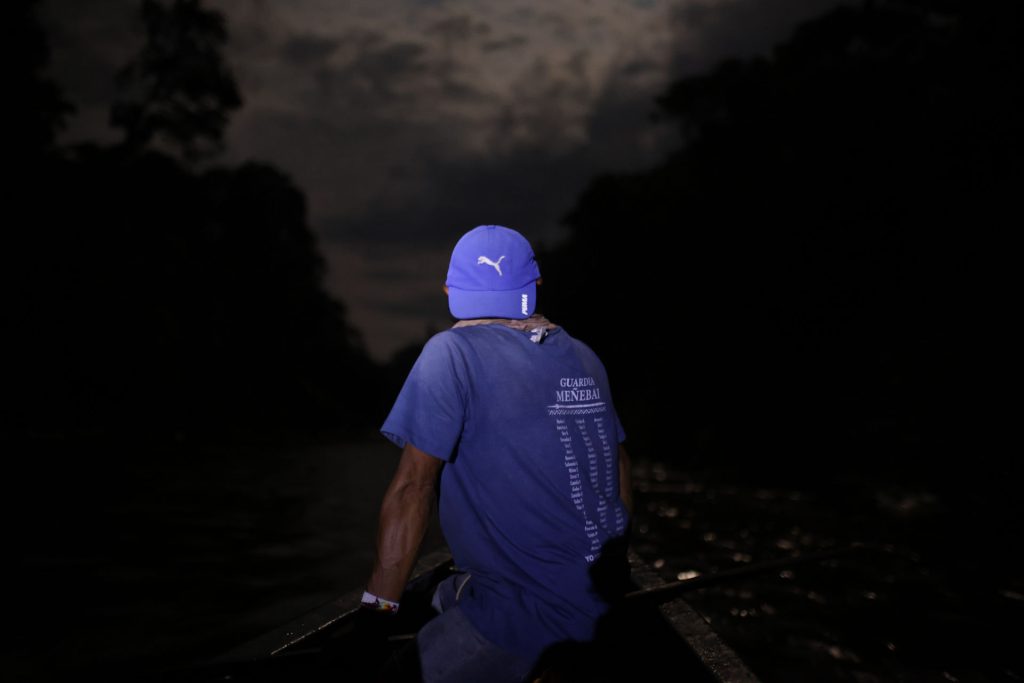
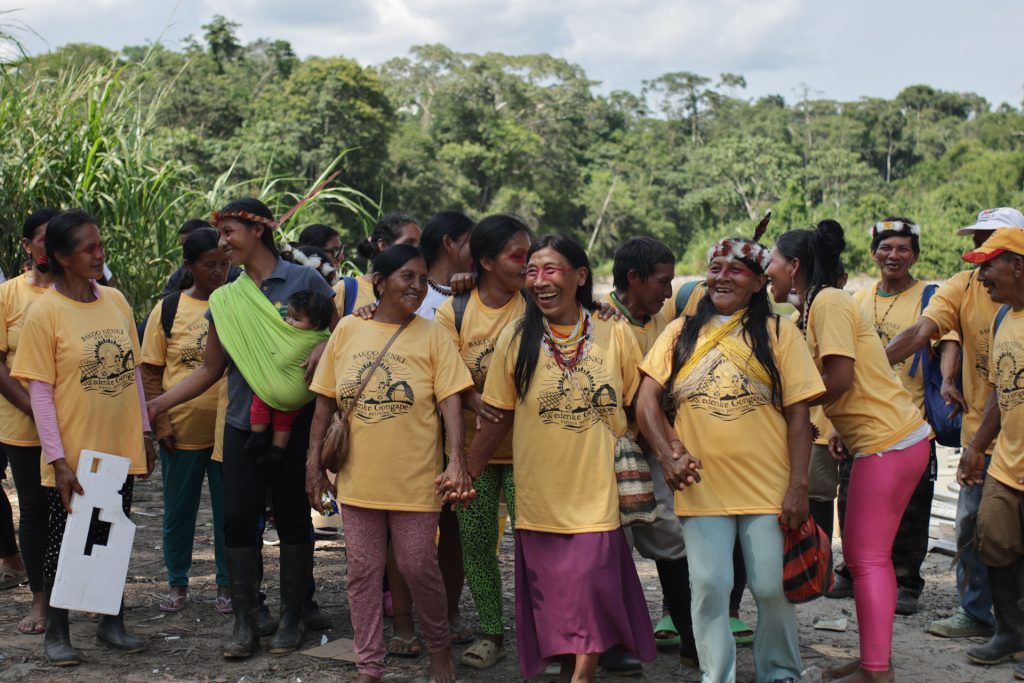
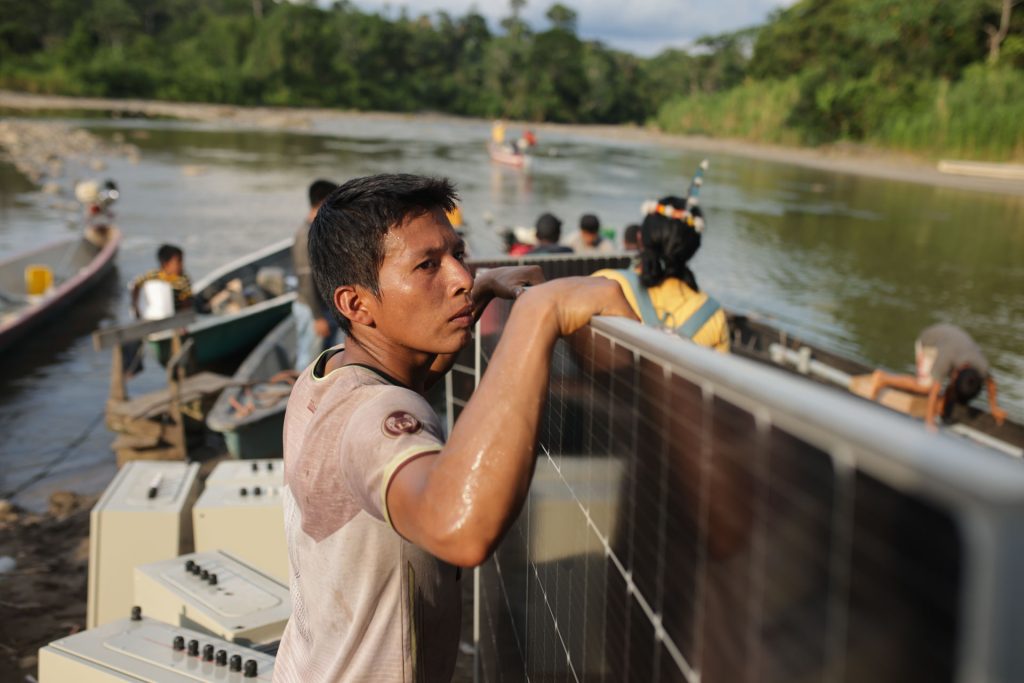
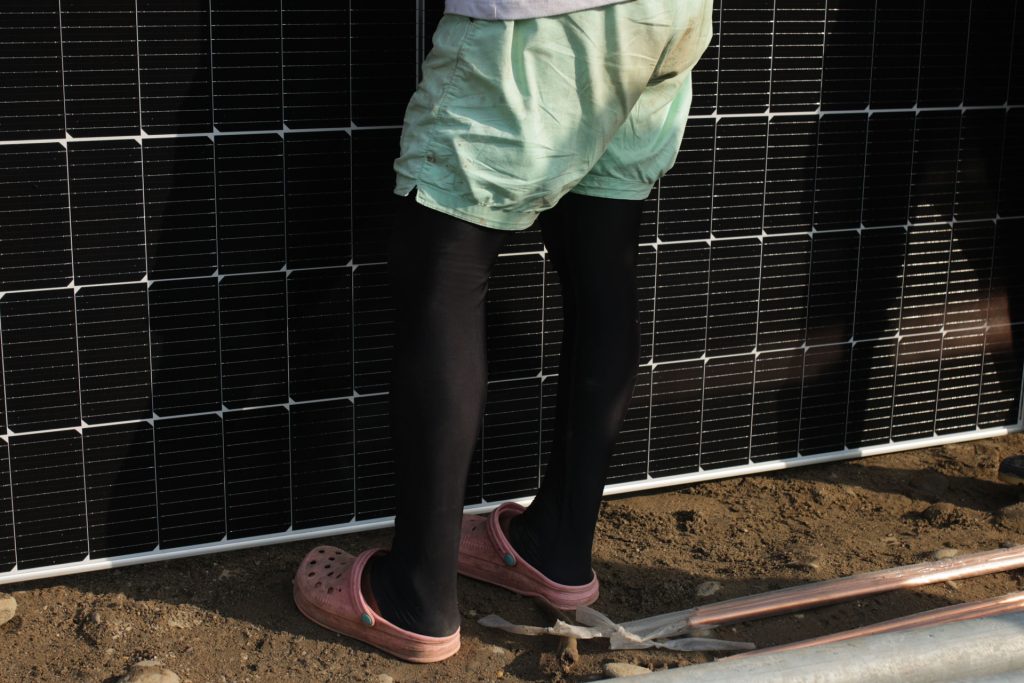
We left Lago Agrio with all the equipment, and we had to arrive at the meeting point at 8 o’clock in the morning the next day. But we got stranded halfway. The cargo vehicle was damaged, and we had to move everything to another truck—and that put us behind six hours.
I knew that the families were waiting to receive the systems, but we were still stranded and I was getting worried—What time would we get there?
But it was out of our hands . . .
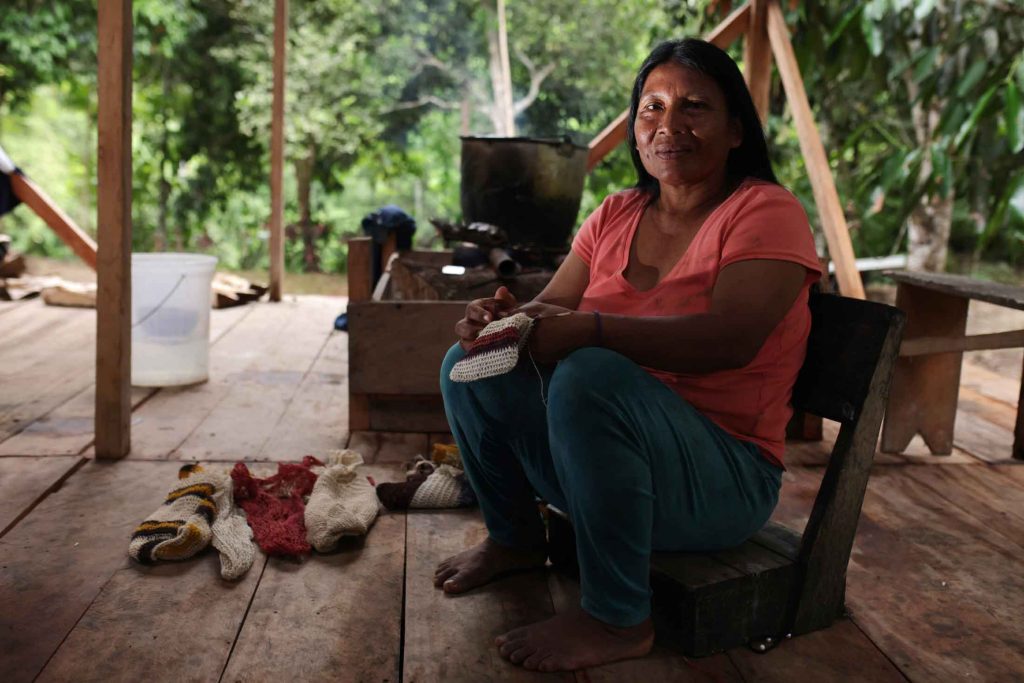
When we finally arrived, we saw that the families and the communities had the patience to wait all that time. They were very hopeful. They welcomed us with songs, dances, and chicha—a must-have before the long day of work ahead of us.
Over the years, we have seen how this project generates so many feelings. Once, we arrived with a solar power system and saw the emotion in several elders, who in their time never had access to clean energy, the type that doesn’t harm their culture, that doesn’t harm the environment. We witnessed the melancholy, the suffering, and the need that families live with. But we also witnessed the hope for better days for their families.
Many families, in order to have light in the house, buy an electric generator that runs on gasoline. First, to be able to buy a generator, they have to cut and sell wood. And with that money, they buy the generator. And then, to fuel it, to make it work, they have to search every week for meat, fish, and to sell wood, get more money, and buy fuel.
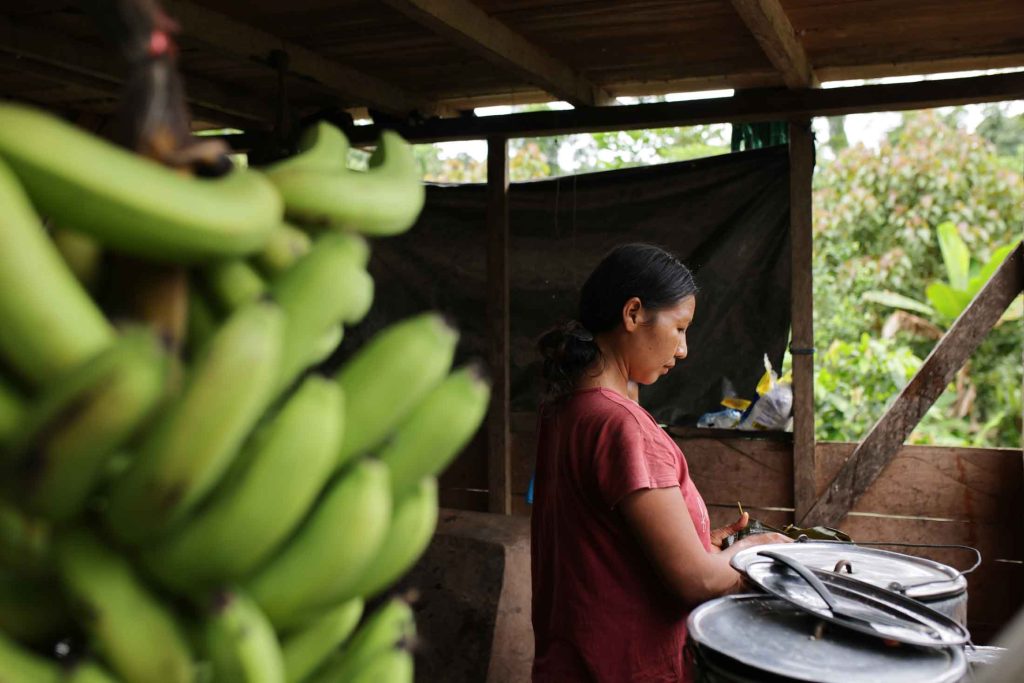
So, just to use a generator, there are these chains of need, where they have to go hunting, cut wood, sell it, buy fuel, and run their generator, which leads to the loss of flora and fauna within their territories. Solar power systems break that chain.
With the solar project, there is no longer any need for them to sell wood or hunt. Instead, they have clean energy, and they contribute to the conservation of nature in the community’s territories.
Solar energy also prevents accidents in these families’ homes; there are no more fires in the houses. This promotes autonomy and allows for a life of dignity. The children now have light to do their schoolwork. The women are very happy to use the light to do their crafts or chores, and to spend more time at night with their children, their grandchildren, sharing stories.
There are endless benefits. It saves economic resources—the little income that families have can now cover other needs, and not be put toward gasoline. The noise of the generators is gone; now you can hear the crickets chirping and the frogs singing. It breaks harmful chains and generates a healthy environment, and it gives the communities more time to share and to be together—more time to live.
Hernán Payaguaje
